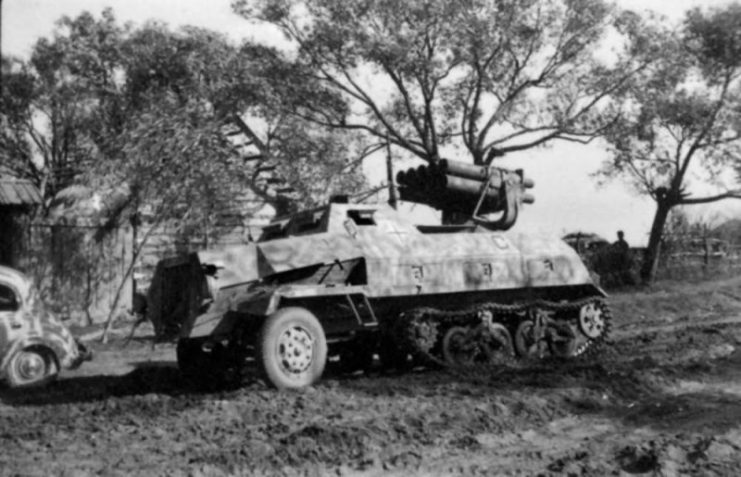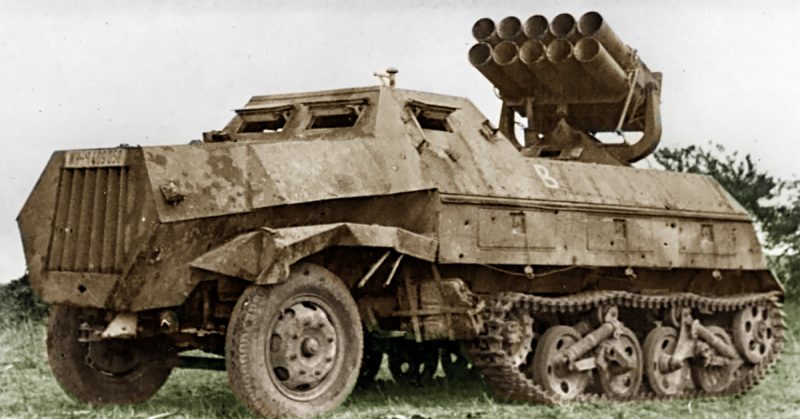The first missile launcher systems developed in Germany were designed to fire both shells loaded with poisonous substances, and projectiles containing a smoke-forming composition to create smoke screens. This is reflected in the German name of their first serial 150-mm multiple rocket launcher, Nebelwerfer (“smoke launcher”).
In Germany, development of rocket launcher systems began in the early 1920s. When they were created these weapons, the Germans took into account the experience of the First World War and the use of chemical warfare agents. Such weapons did not fall under the limitations of the Treaty of Versailles, which gave Germany the freedom to develop it.
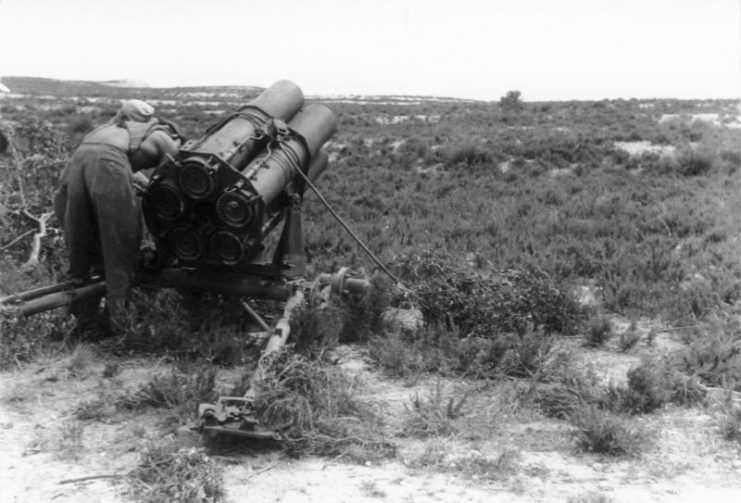
Multi-barreled jet mortars such as Nebelwerfer 41 and Nebelwerfer 42 were the most famous examples of those German weapons in World War II. Soviet soldiers called them names such as “Vanyusha,” “Ishak,” or “Skripukha,” while other Allied troops nicknamed them “Screaming Mimi” because of the characteristic sound created by the flying shells.
Initially, Nebelwerfers were created for the use of chemical weapons, but in fact, they were used for firing high-explosive projectiles.
Nebelwerfer 41, adopted in 1940, had six 158.5-mm barrels and fired 79-86 pound shells at a distance of 4.3 miles. Within 5 minutes, it could make three volleys, and the shooting frequency was 0.6 shots per second. To load all six Nebelwerfer 41 projectiles took 1.5 minutes and required four people.
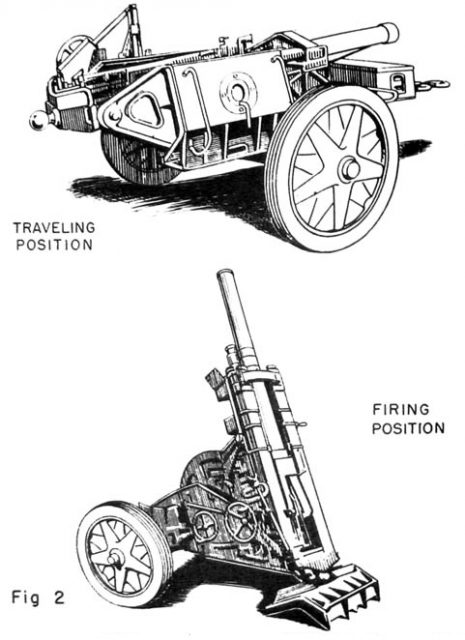
The next version, Nebelwerfer 42, had five barrels and fired 210mm projectiles weighing 249 pounds at a range of about 4.9 miles. Later, the Germans began to produce and use a 15-barrel 150-mm Nebelwerfer.
In April 1943, a self-propelled multiple rocket launcher system was added to the arsenal of the German army. It was called Panzerwerfer 42 auf Sf, or Sd.Kfz.4/1. Its base was a semi-tracked Maultier or Sd.Kfz.3, and the launcher had ten barrels which fired 150-mm rockets. It was mounted on a turntable placed in an armored dome, giving the Germans the ability to swivel it in a circle horizontally.
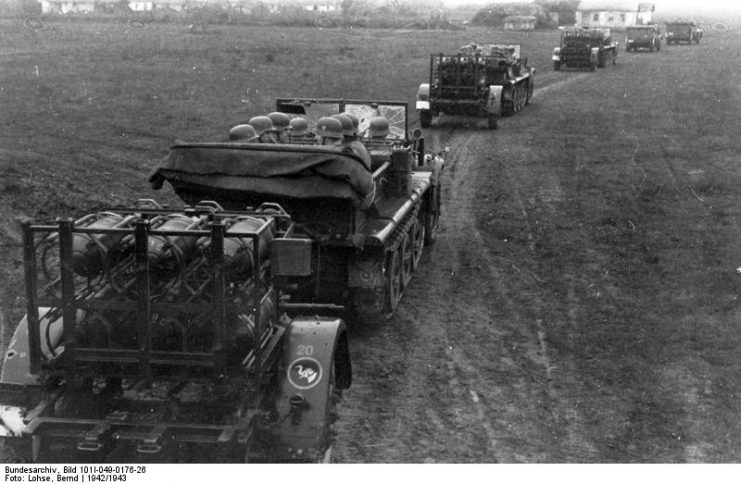
Ammunition for the Sd.Kfz.4/1 included 20 rockets. Each unit was also armed with an additional MG 34 or MG 42 machine gun, and the crew consisted of four people. In the course of serial production, from 1943 to 1944, 296 launchers and 251 ammunition transports were produced. Sd.Kfz.4/1 was used by German troops until the end of the war.
In addition, based on the Soviet BM-8-24, the Germans created an 80-mm rocket launcher (“Raketen-Vielfachwerfer”). The launcher, which held 48 missiles, was mounted on the chassis of the half-track German Sd.Kfz 4 “Maultier” armored car, or the French semi-track Somua MCG tractor. Among the Wehrmacht soldiers, this launcher was called “Himmler’s Organs.”
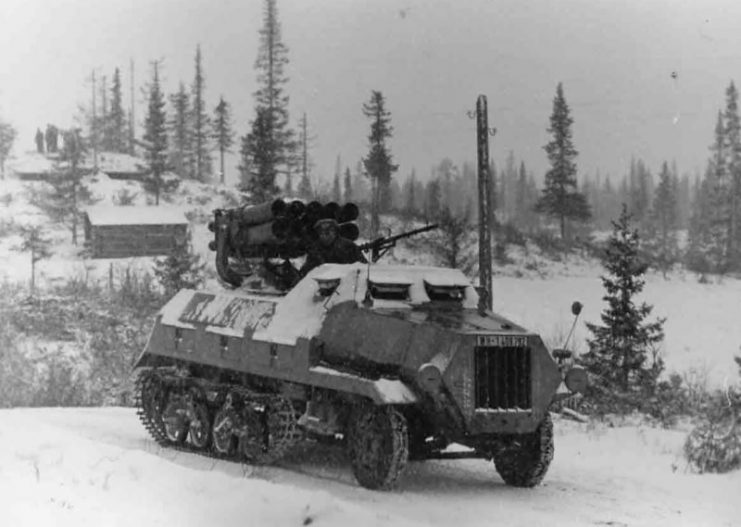
In October 1944, the Wehrmacht armory received the 38 cm RW61 auf Sturmmörser Tiger self-propelled assault artillery vehicle, known as the “Sturmtiger.” It was converted from Tiger tanks, but the 18 copies that were produced had no effect on the course of hostilities.
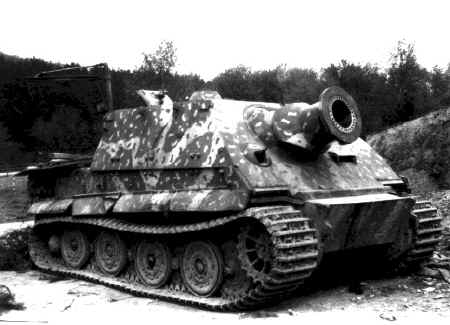
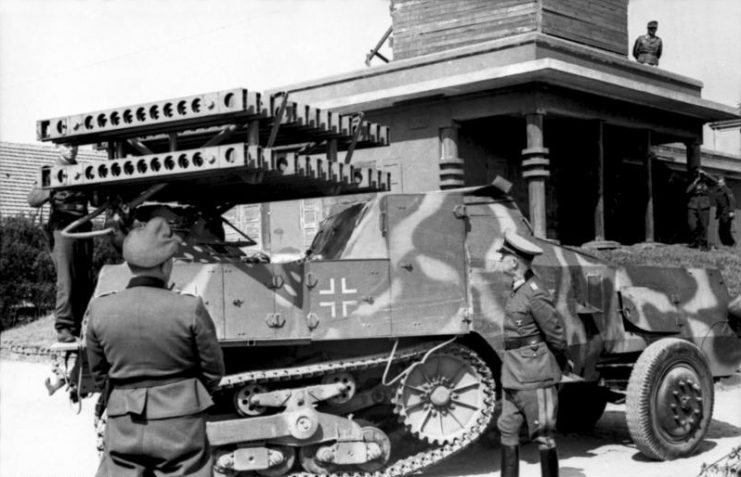
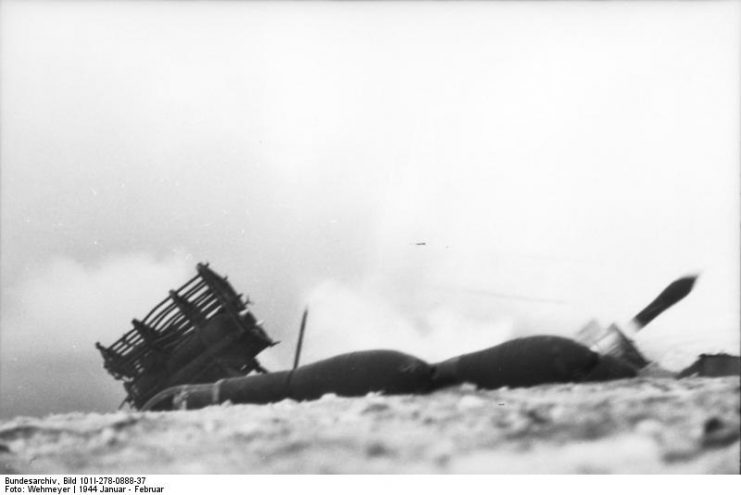
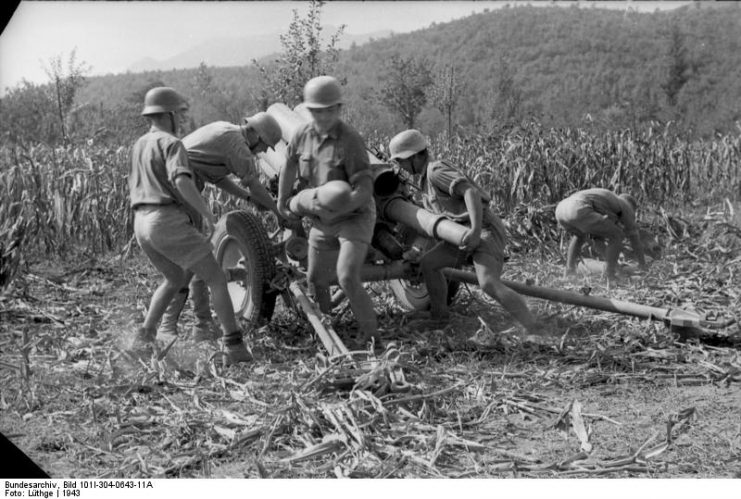
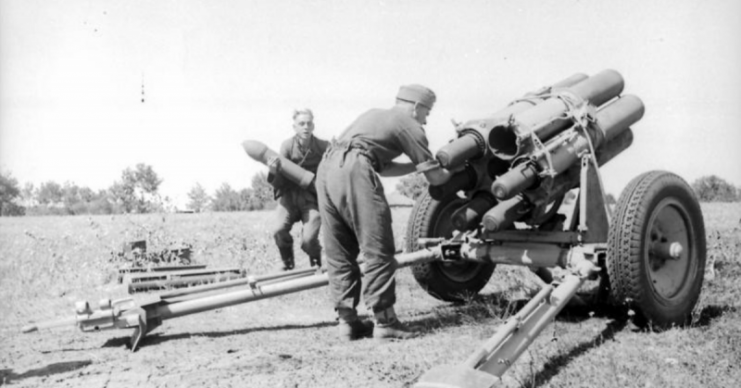
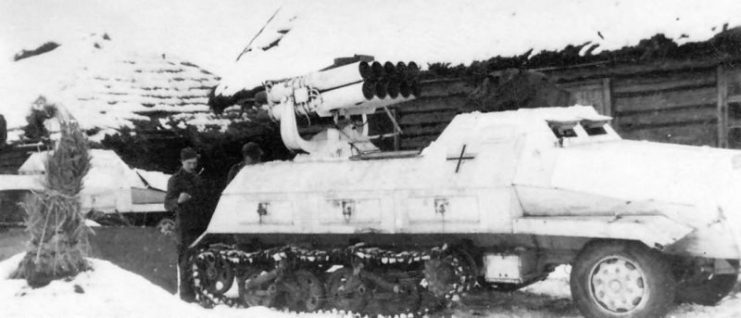
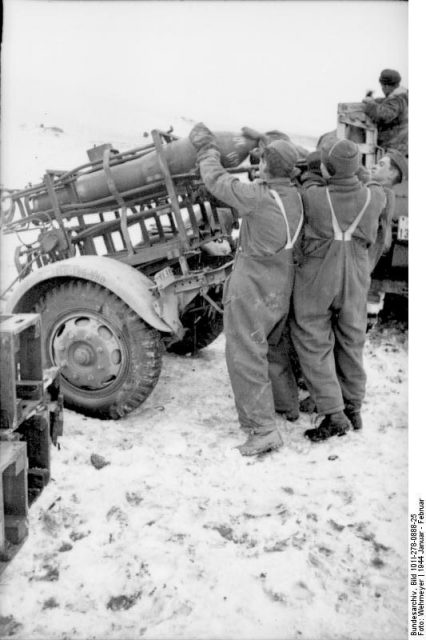
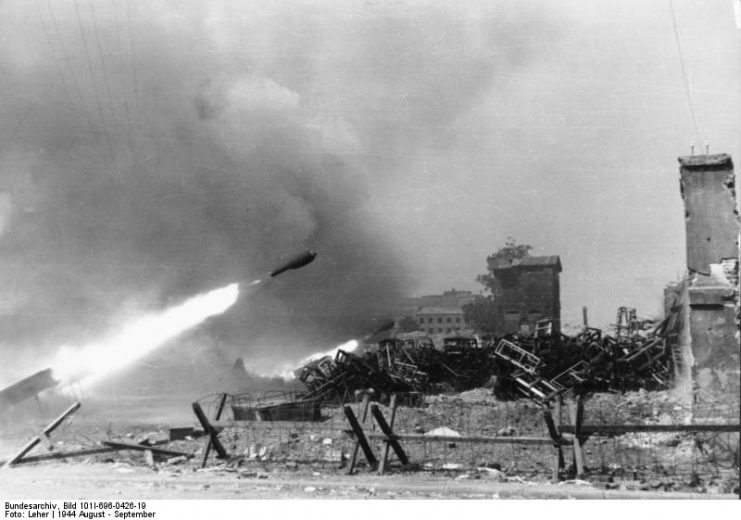
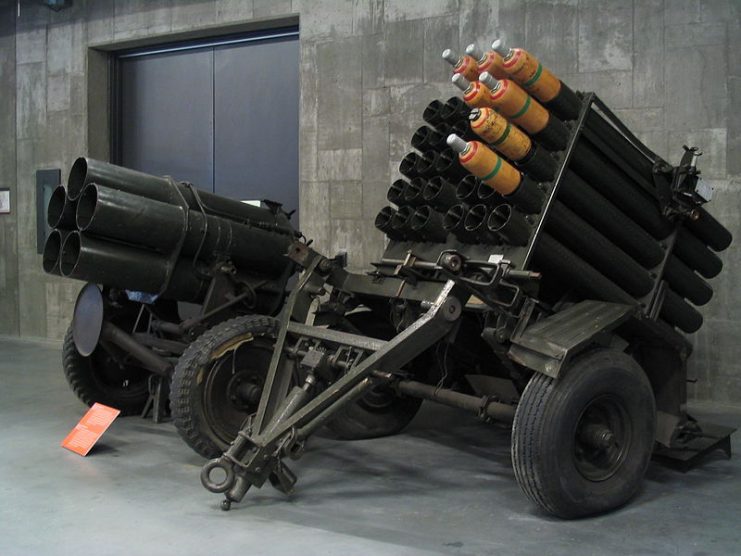
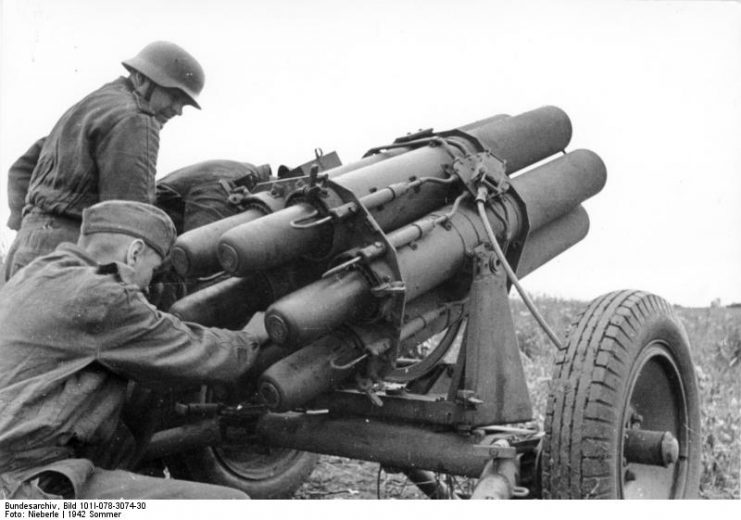
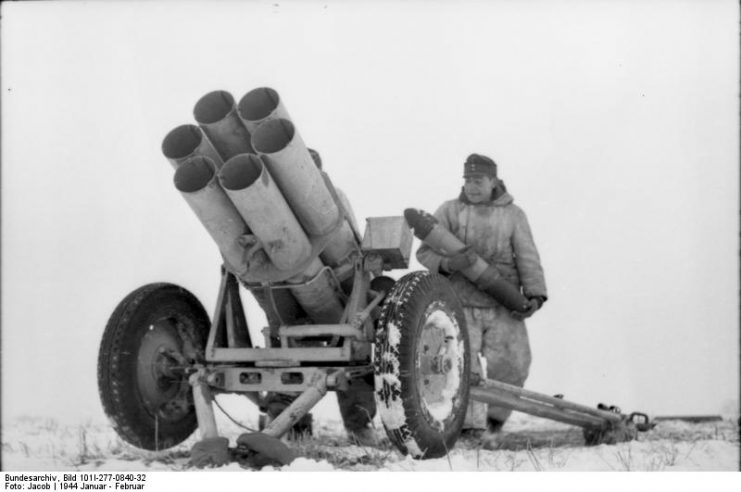
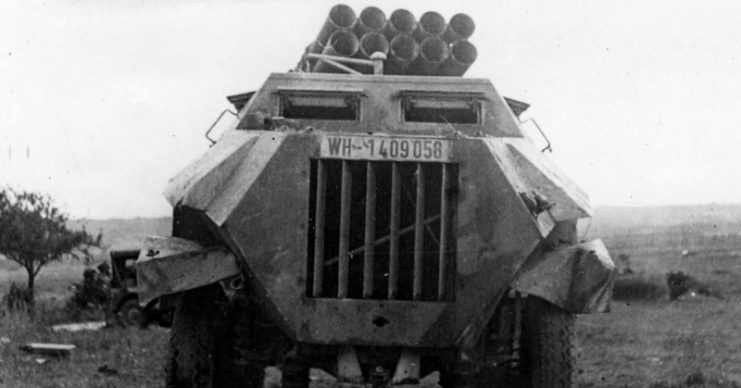
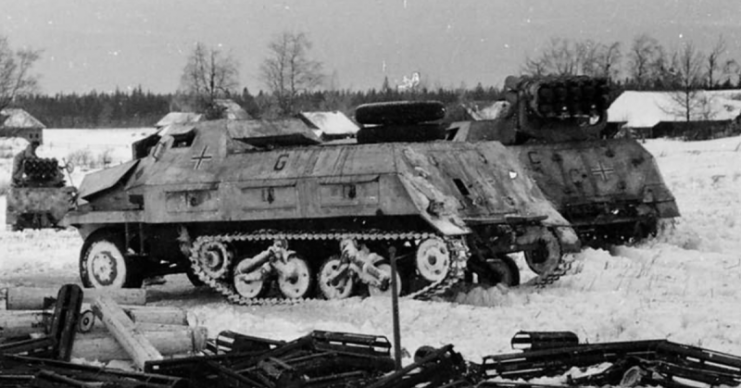
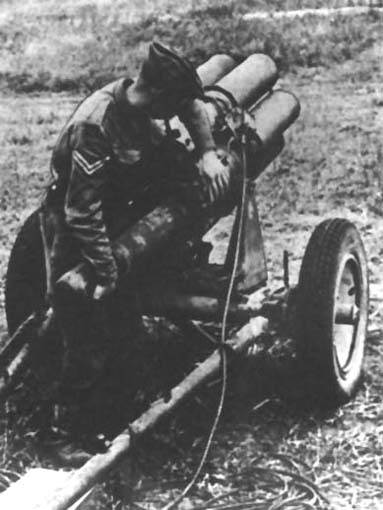
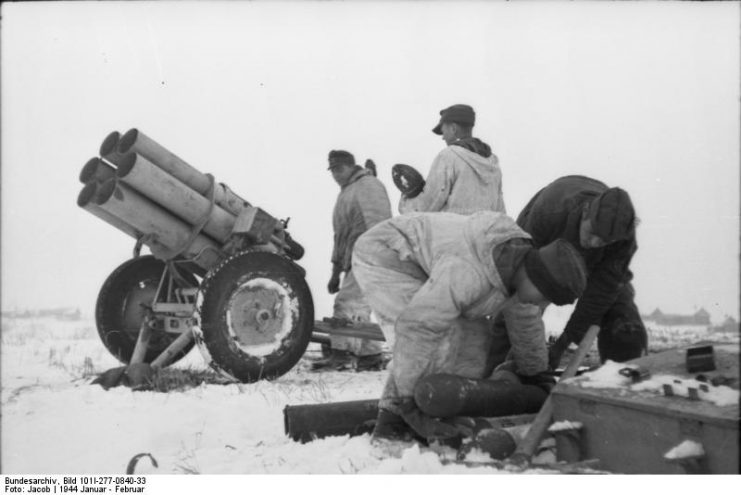
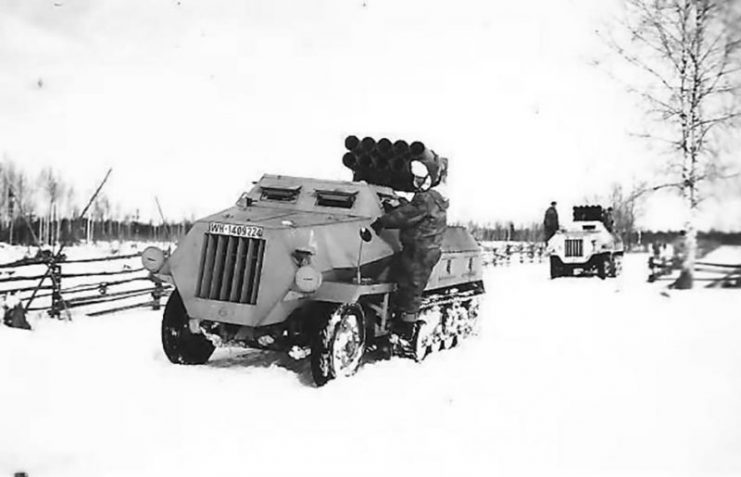
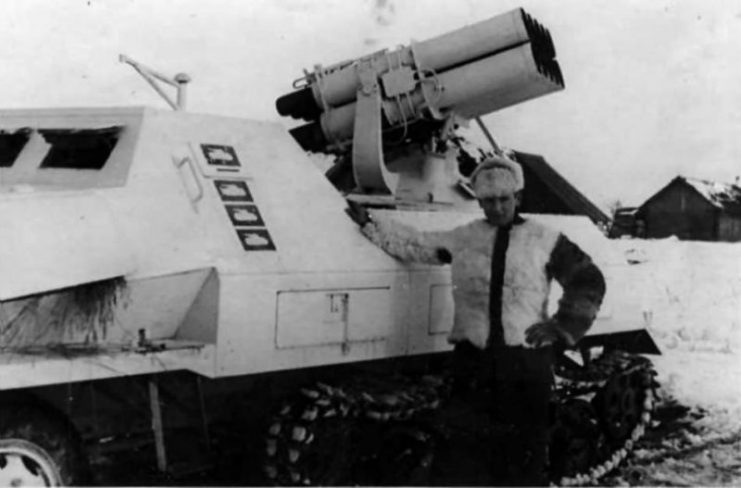
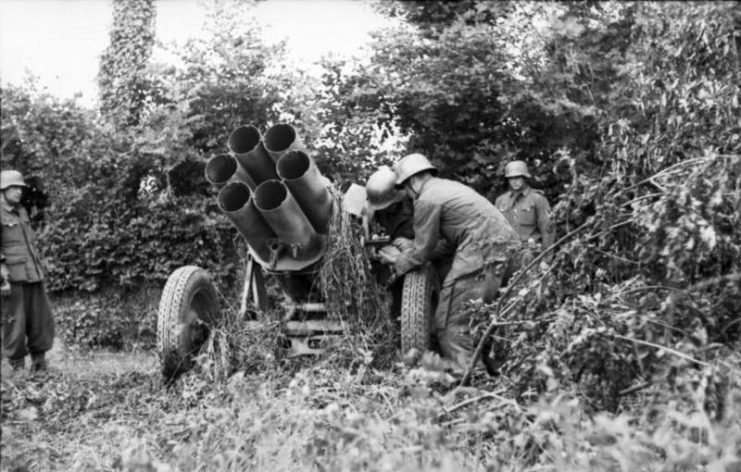
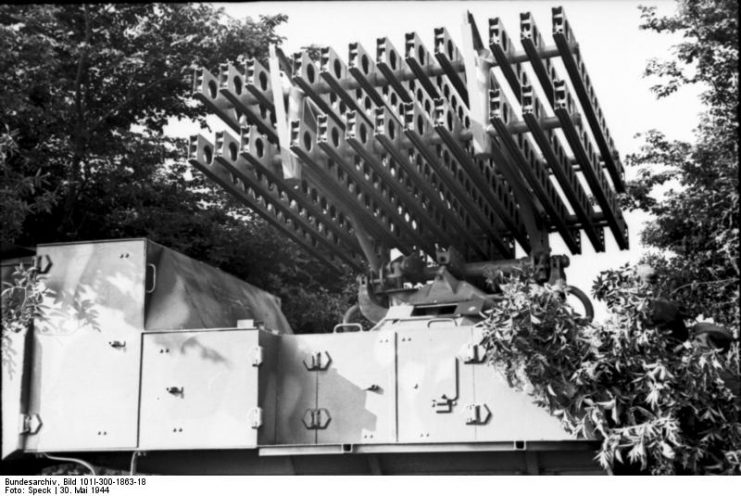
Read another story from us: Mobile Artillery – Germany’s Grille SPG
